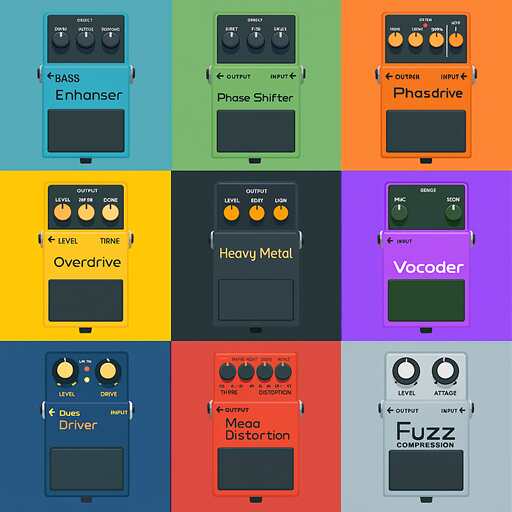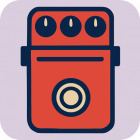Guitar Pedals 101: A Beginner’s Guide

Stepping into the realm of pedal guitar can feel like discovering a secret passage to endless tones. A single stompbox holds the power to transform your clean amp signal into anything from crunchy breakup to ethereal ambient washes. Here’s how to dip your toes in without getting overwhelmed.
What Is a Guitar Pedal?
Put simply, a pedal is an effects unit you place between your guitar and guitar amp. When you engage it, the pedal manipulates your signal electronically, boosting gain, adding delay repeats, warping frequencies or even looping phrases.
Core Categories of Pedals
You don’t need a shelf full of pedals for guitar on day one. Start with these essentials:
- Tuner pedal
- Overdrive or distortion
- Reverb or delay
After mastering these, branch out into modulation (chorus, tremolo) and specialty units like wah pedals or looper pedals.
Signal Flow Basics
Arranging your stompboxes in the right order unlocks clarity and tone. A common chain looks like this:
“Guitar, Tuner, Overdrive, Modulation, Time based, Amp.”
Switching the order, say, placing delay before distortion, can lead to surprising, even delightful sonic mishaps.
Choosing Your First Units
While boss guitar pedals often top “best guitar pedals” lists, boutique builders and budget friendly brands alike craft gems. Visit your local Guitar Center to try classics like the Boss DS-1 distortion or a compact reverb pedal. If you scout used guitar pedals online, you might score a Tube Screamer or a vintage chorus at a bargain.
Power & Pedalboard Tips
Invest in an isolated power supply to banish hum and buzz. Hook and loop tape keeps your pedals anchored on a neat board, no more mid gig pedal migrations. A tidy setup not only looks pro but also streamlines your workflow.
Pro Tip: Experiment freely. Sometimes pairing an inexpensive overdrive with a high end reverb yields tones that outshine pricier multi effects units.
Venturing into electric guitar pedals is less about gear acquisition and more about crafting your unique voice. So, plug in, stomp on that first pedal, and enjoy the journey from dry signal to vibrant soundscape.
